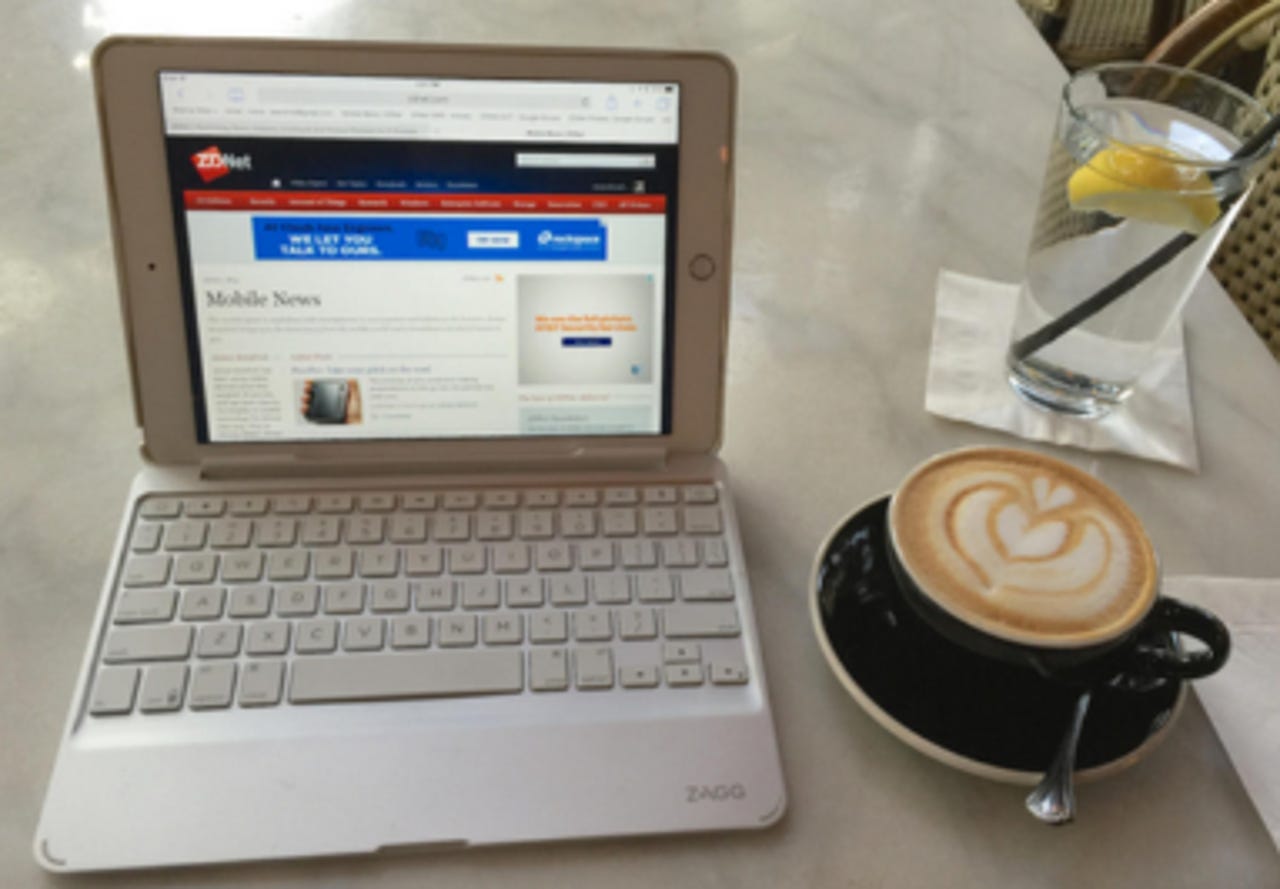3 tips for working smarter with tablets


It's not just the hardware; software plays a big role in filling the needs of the professional at work. Fortunately, unlike in the not-too-distant past, software on mobile platforms -- iOS, Windows, Chrome OS, and Android -- can handle most work needs without compromise.
When using mobile devices as daily work systems it's important to work as smartly as possible. Doing a few things correctly can minimize issues that work tends to throw at us. Here are three areas that have worked well for using mobile tech in my daily work routine.
Up in the cloud
The days of big local storage are gone, with most tablets having a modest amount of internal storage. That's fine, as cloud storage is now readily available and inexpensive.
The major cloud services for mobile -- Google Drive, OneDrive, iCloud, and Dropbox -- can all handle the needs of most mobile device users. While it will serve some users better to stick with the cloud service for the associated mobile platform, for most that's not important. My main mobile platform is iOS with an iPhone and two iPads but I use Google Drive for my cloud service.
What makes cross platform services work is that most major cloud services have good mobile apps on major platforms. The apps make it seamless to bring files in the cloud to and from the tablet. The Chrome OS platform integrates Google Drive into the core of the OS so Chromebooks work very well with Google Drive.
Handpick the apps
Tablets are only as good as the apps they run, and there are now good ones on all mobile OSes. There are thousands of apps available, especially for iOS and Android, and choosing the right ones can make a world of difference in productivity.
When it comes to productivity at work, Microsoft is doing its part to get its software on mobile platforms. Microsoft Excel, Word, and PowerPoint are now on Android and iOS and are outstanding apps. They have versions for iPhone and iPad on iOS, and both phones and tablets on Android.
This allows using whatever mobile device is at hand, phone or tablet, for reviewing, creating, and editing work documents on the go. I can't overstate how good Office is on tablets.
For other work tasks, a little time trying out multiple apps to handle a given work task will go a long way for long-term productivity gains. Make sure the app that wins a place on the tablet can not only do what's needed in an intuitive way, but also works well with the cloud service of choice.
Beware the notification flood
Mobile devices have notifications, those alerts to let users know something has happened, integrated into the very core of the OS. It's not just the OS, either, almost every mobile app on each platform also sends notifications for the most insignificant of events.
This flood of notifications coming in regularly on the tablet (phones too) can do more to upset productivity than anything. The constant bing of the alert combined with the notification popup are as disruptive as can be.
To keep productivity high, turn off all but the most essential notifications. Mobile platforms allow this at the app level and it's important to take control of them from the beginning. I recommend turning off all but calendar alerts, you don't want to be late to the important meeting, and important email notifications.
If your email app allows you to filter notifications then by all means do so. Whitelist your important clients, your bosses, and other truly important people so incoming email from them will trigger a notification. Even then, glance at the notification coming in to make sure it's truly important enough to interrupt your work flow. Defer action on all other messages until later.
Featured
The point is to not let your tools become a distraction that interrupts the natural flow of work. Set aside a few minutes each hour to go through email and other notifications when you're not in the middle of other things.
Make it work for you
Following these tips will go a long way to help make your tablet work for you. Choose a tablet that fits the way you work, use apps that handle the tasks at hand, and use a cloud service that works with it all while keeping files secure.
Above all else, future-proof your work with your choices. You may change mobile platforms or devices at some point down the road, so use apps that are available on multiple platforms. Then you'll be able to change tablets very easily, and your documents will be there in the cloud from day one.
See also: